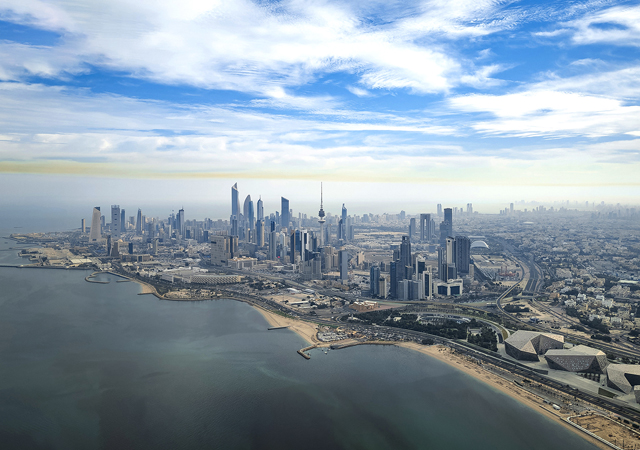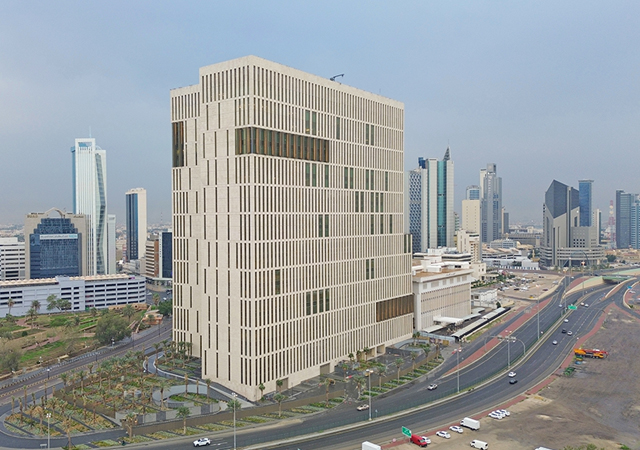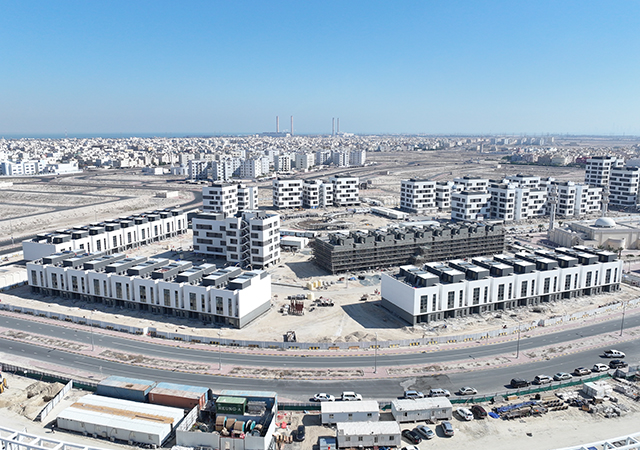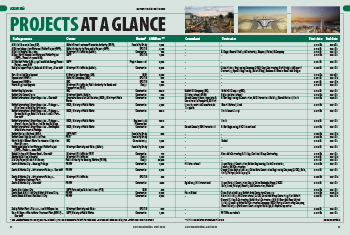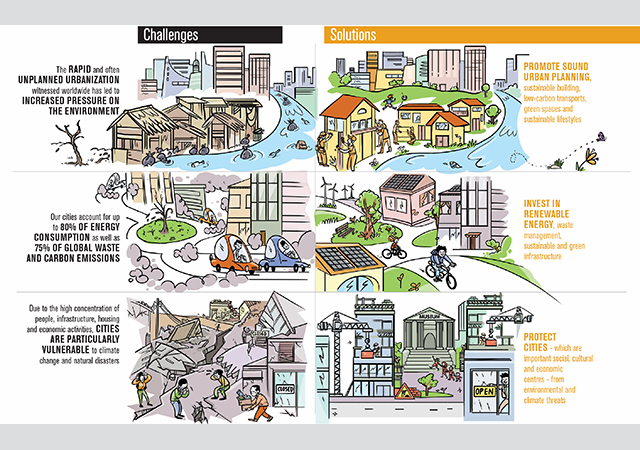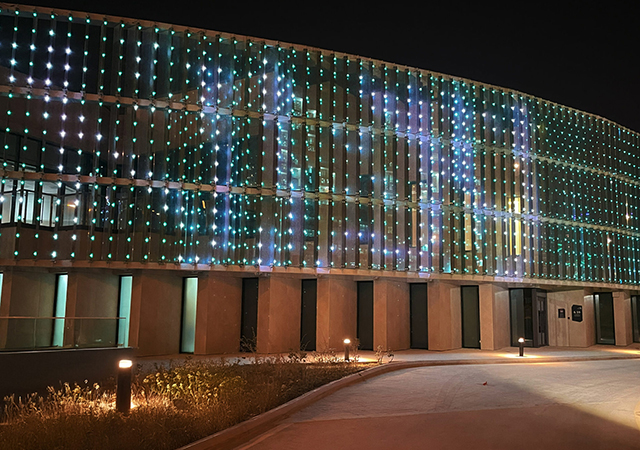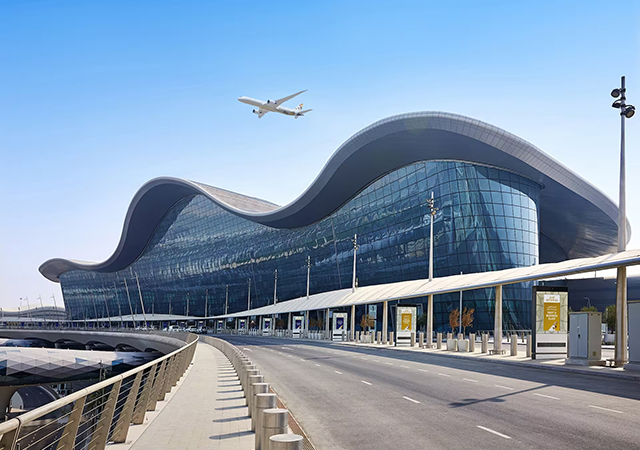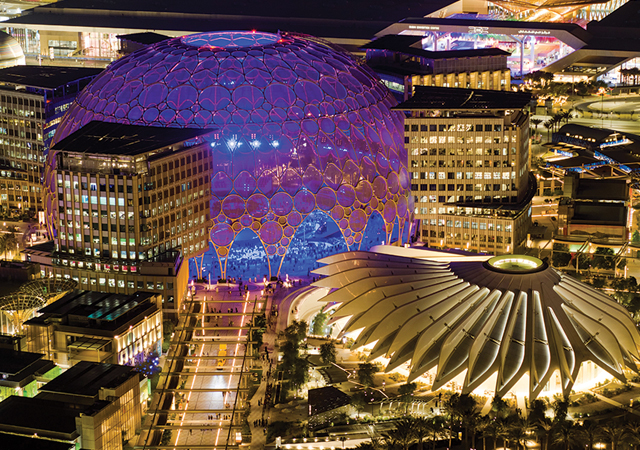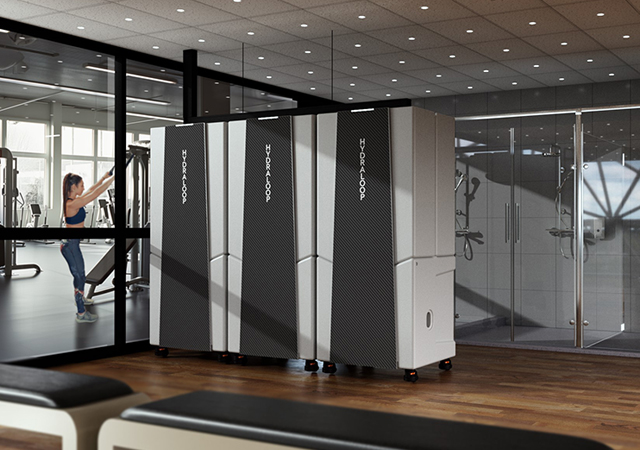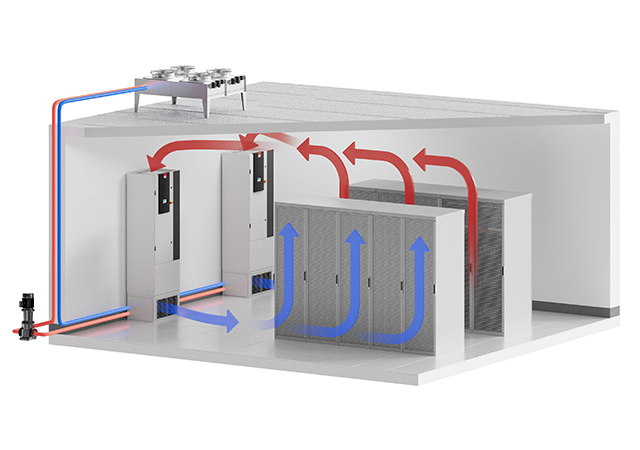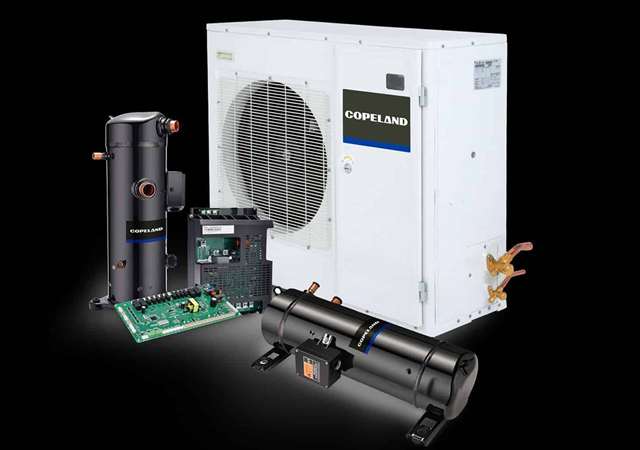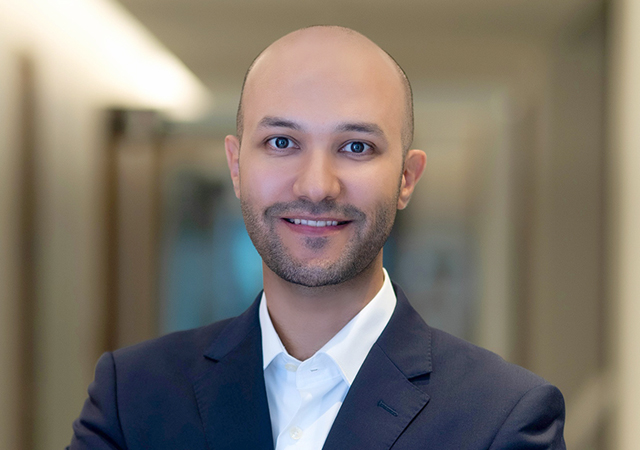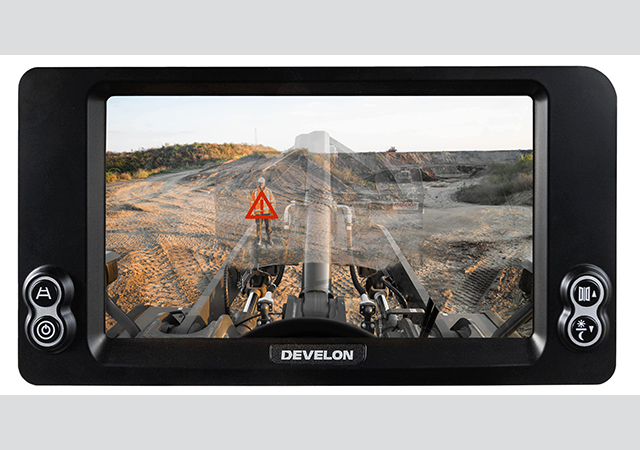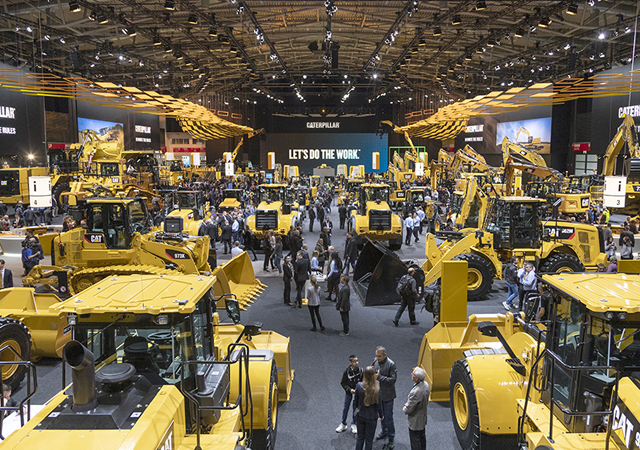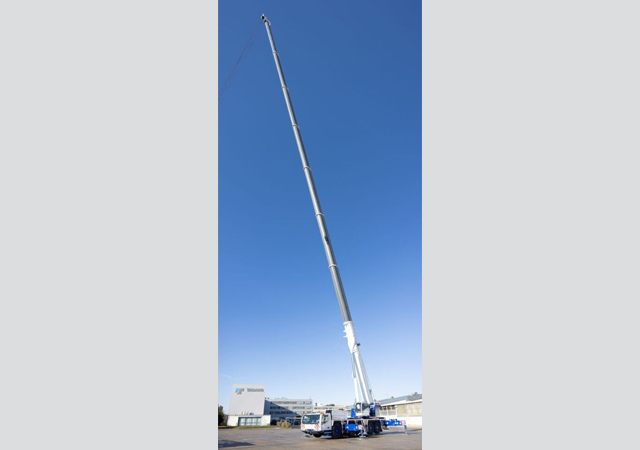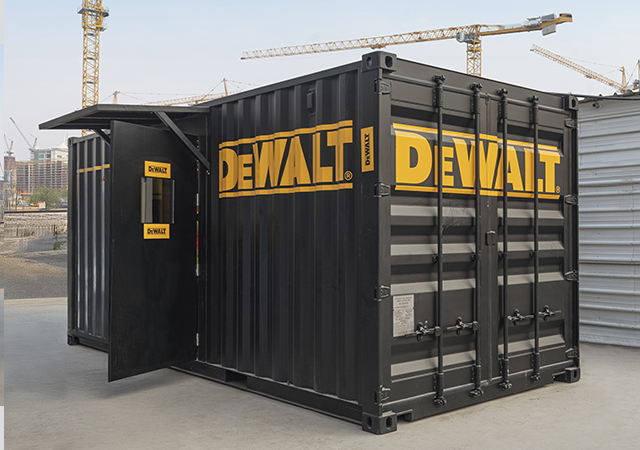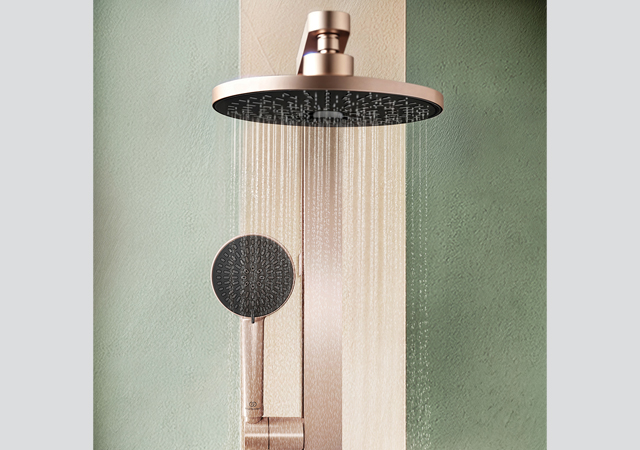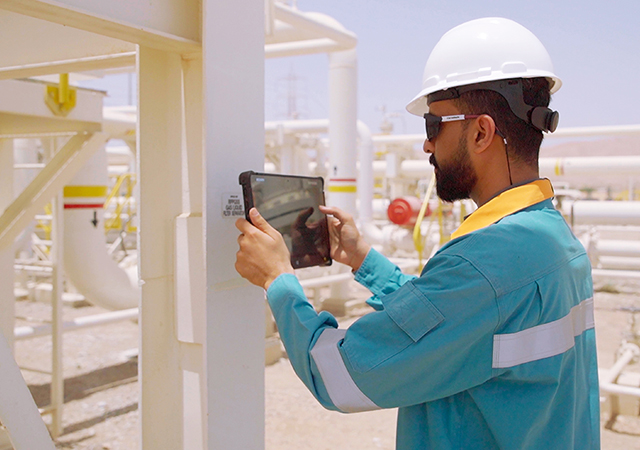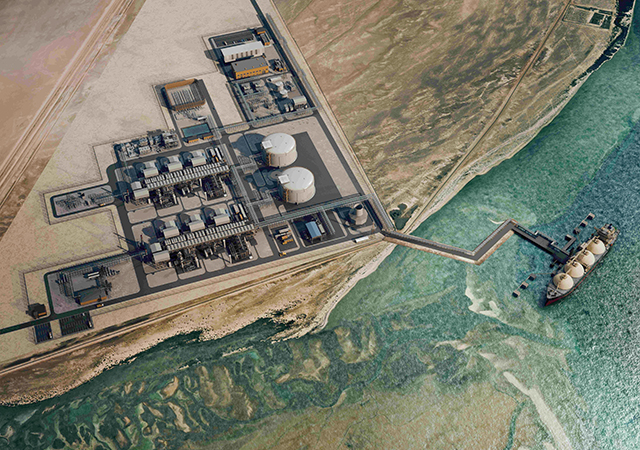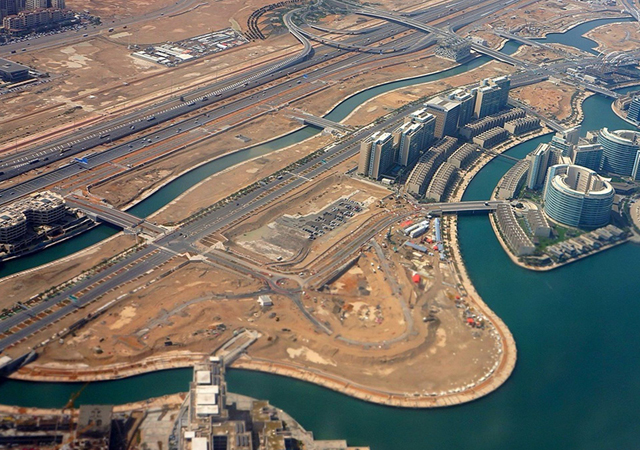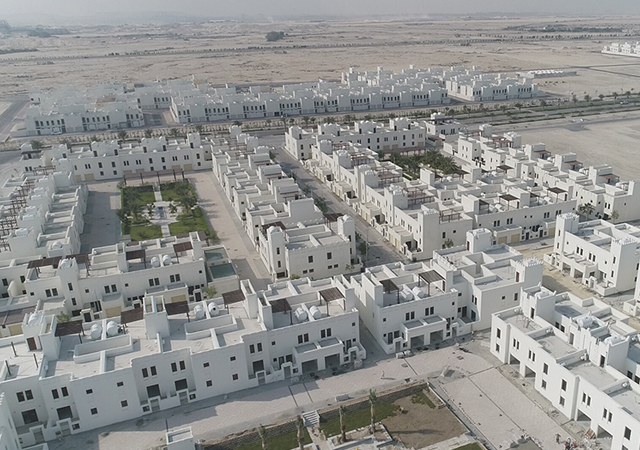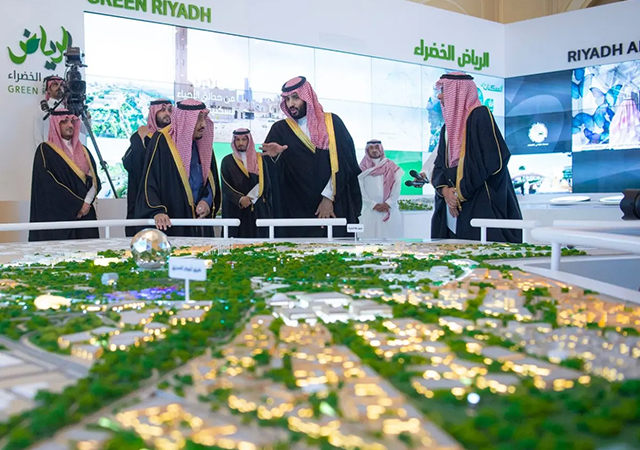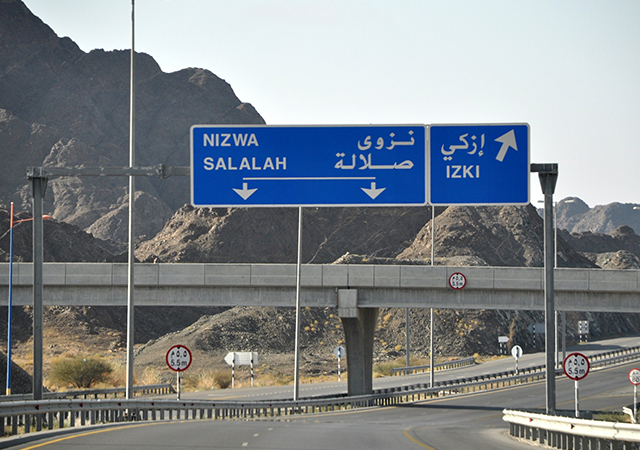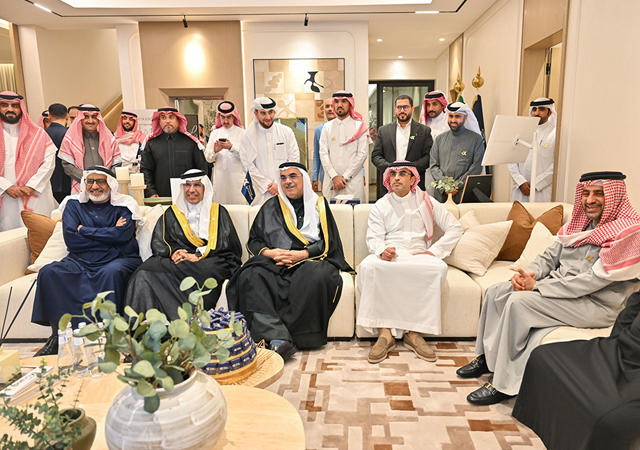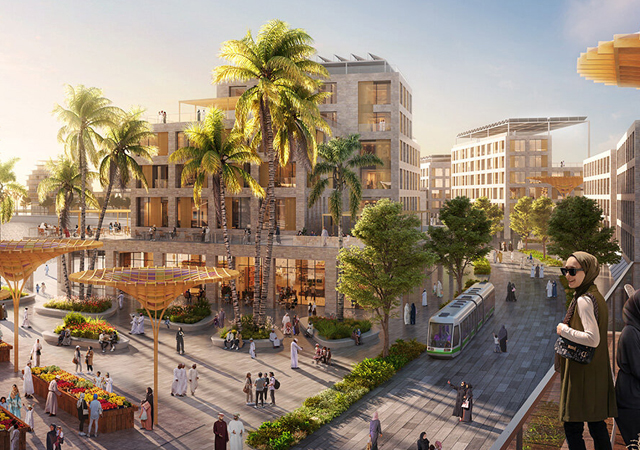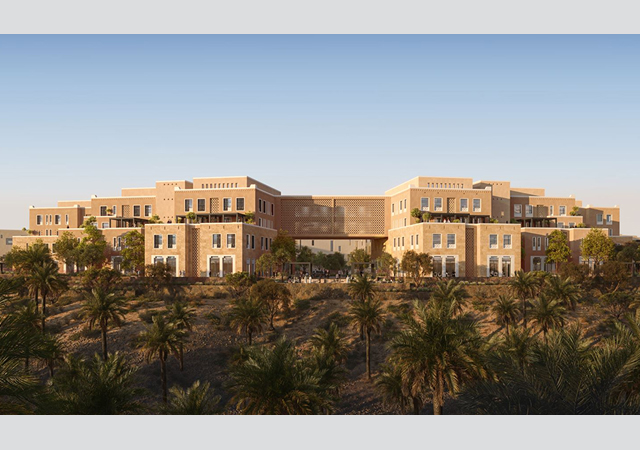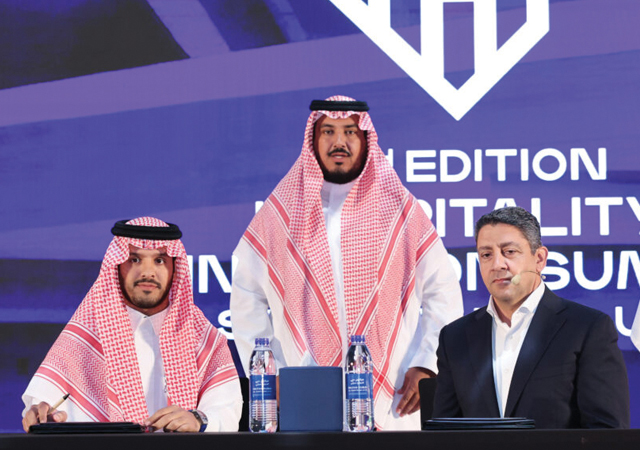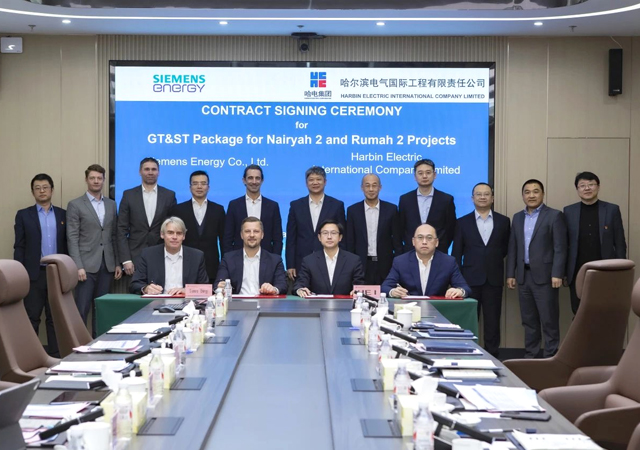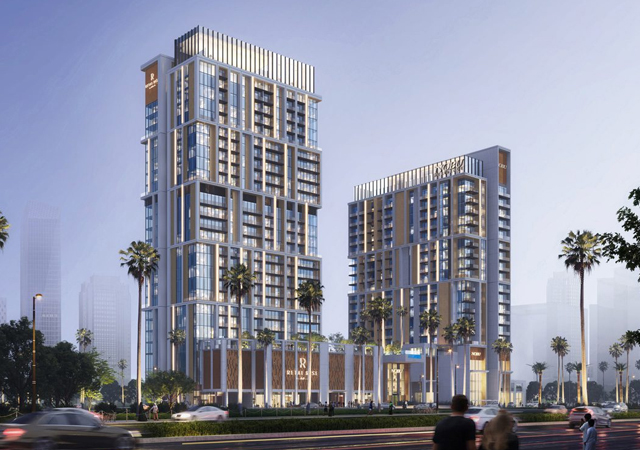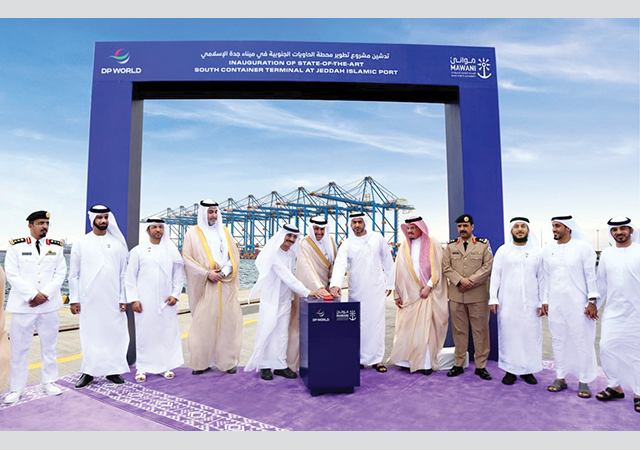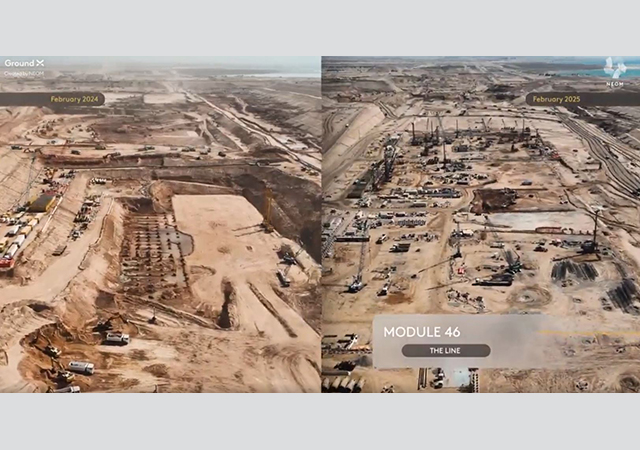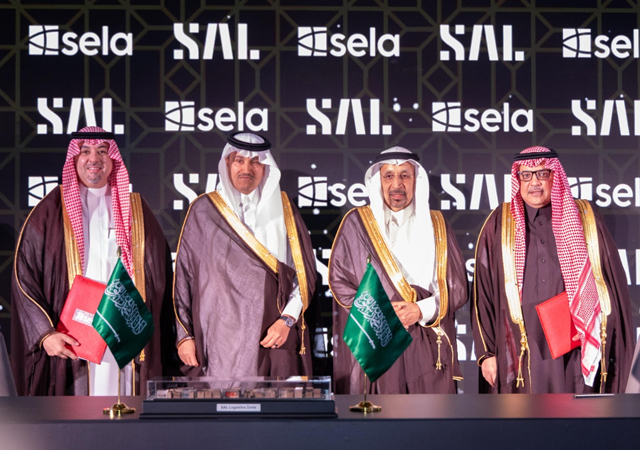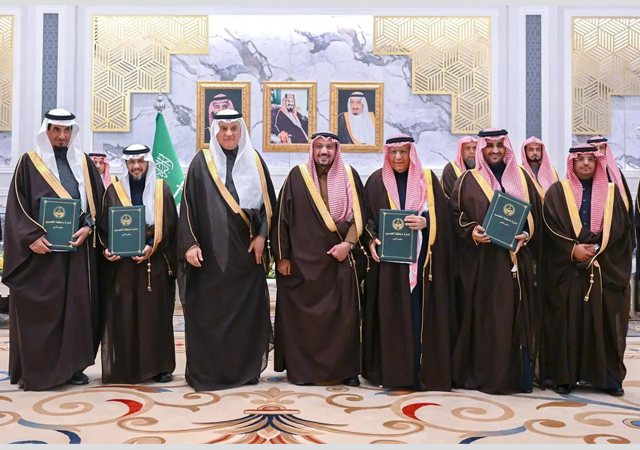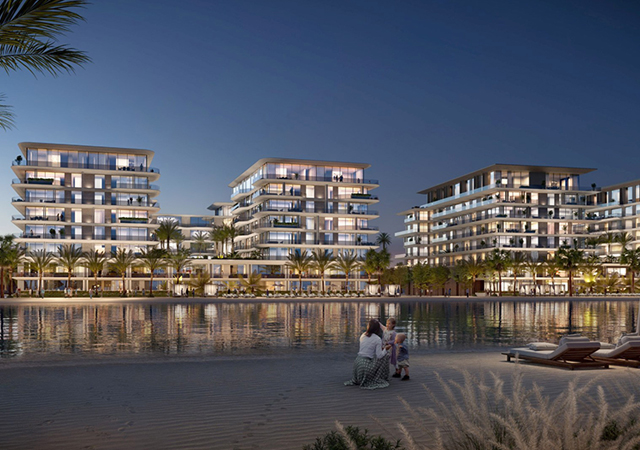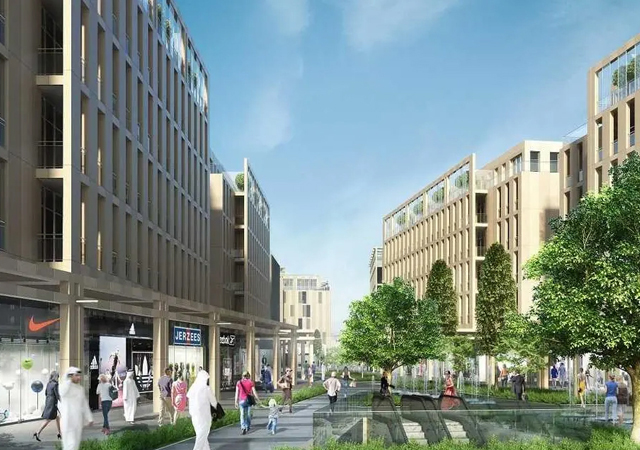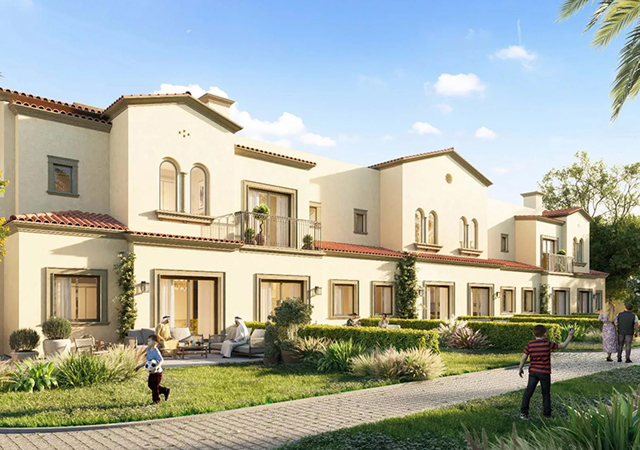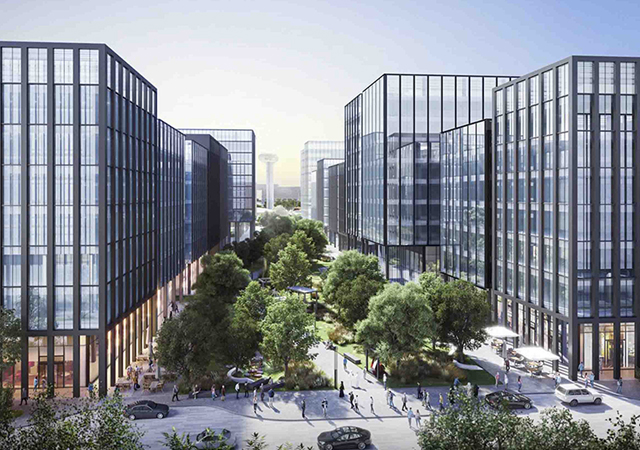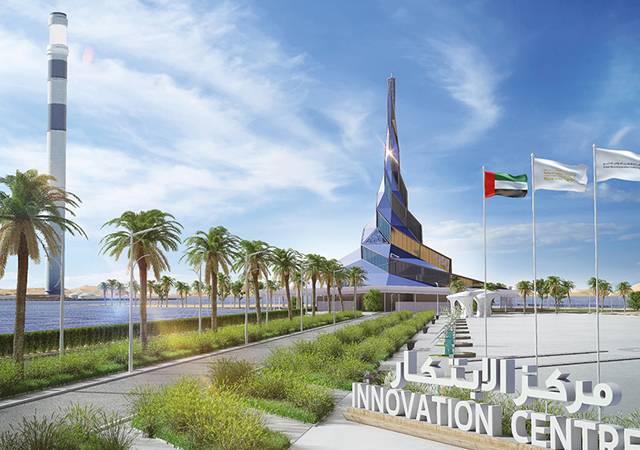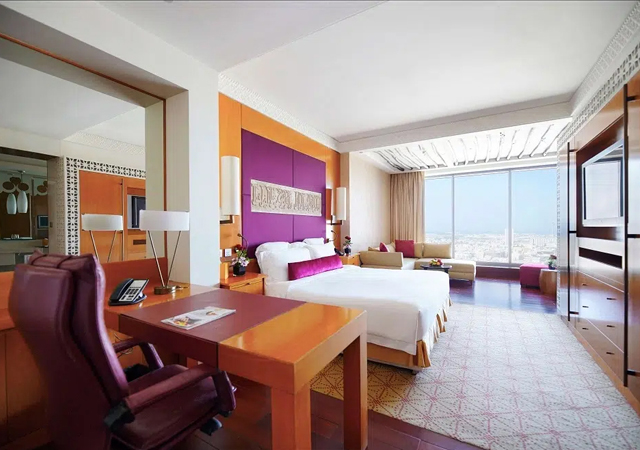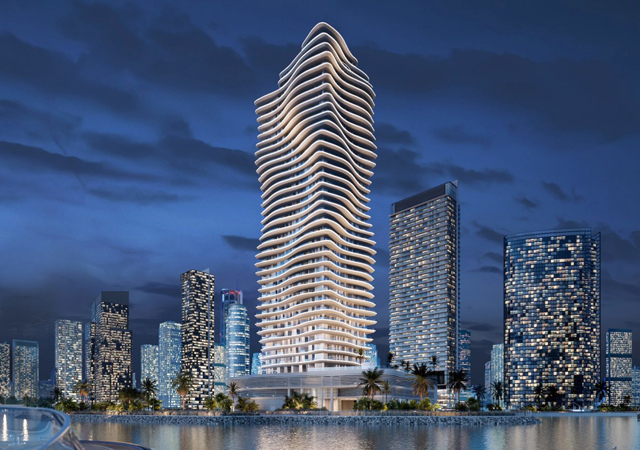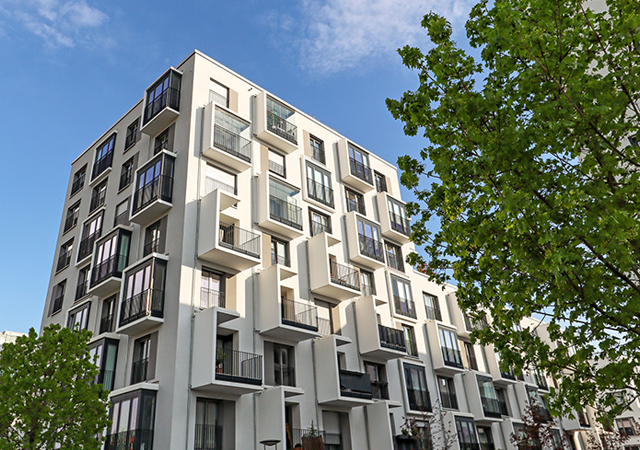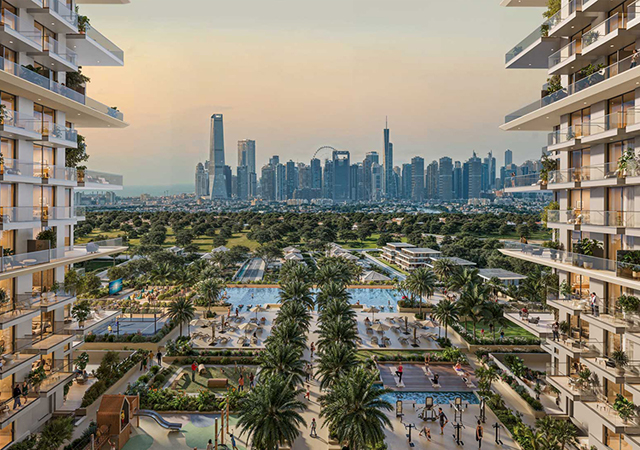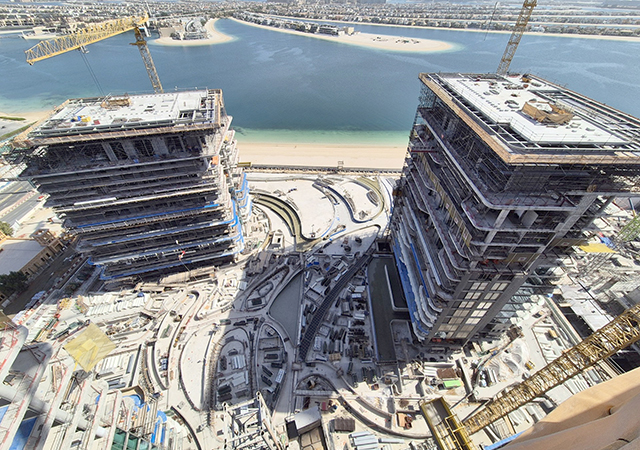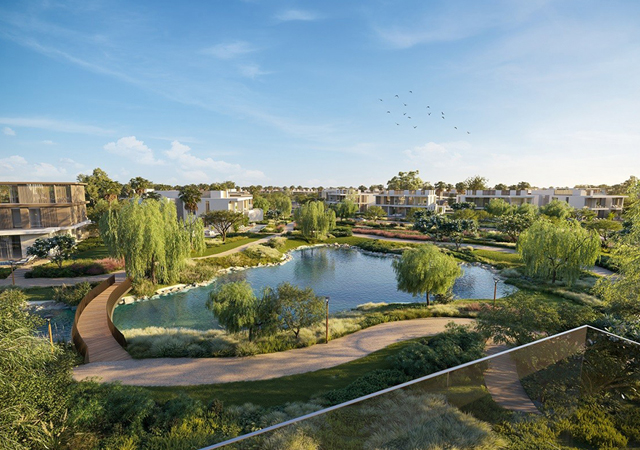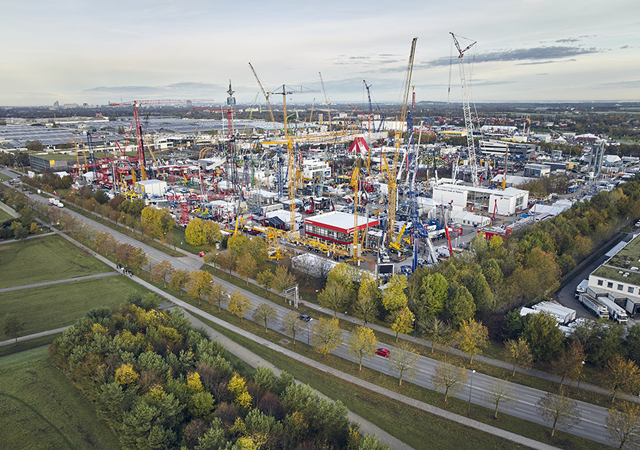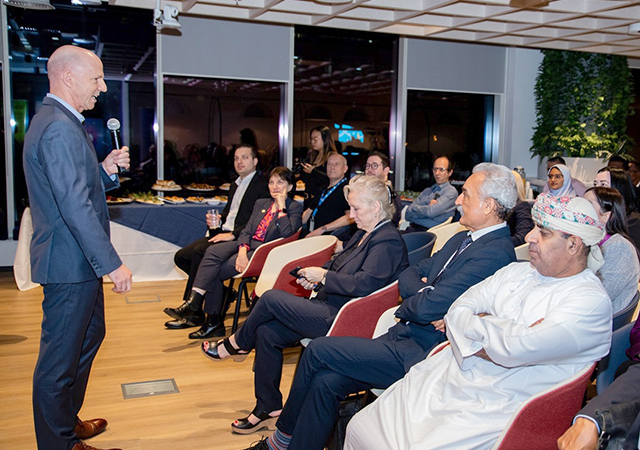
A 10 to 15 per cent growth is anticipated for the billion-dollar leisure facilities sector in the Middle East. A look at specialists' recommendations for the industry. The total annual investment in theme park, fun centre and water-park equipment and facilities - currently estimated at around $10 billion in the Middle East - is expected to grow by 10 to 15 per cent per year. The UAE's share is said to be about 15 per cent of the total.
Further, with new facilities being planned in Saudi Arabia and Qatar, and with Dubai itself laying added emphasis on developing its infrastructure to promote tourism, the industry's prospects - especially in the water parks segment - appear very bright, according to the International Expo Consults (IEC) which organised the Middle East International Leisure Expo in April this year.
The show, held at the Dubai World Trade Centre, incorporated under its umbrella the Theme Parks and Fun Centres (TPFC) show and the Middle East Waterpark exhibition and featured more than 150 companies from 26 countries.
Addressing a two-day seminar held to coincide with the TPFC trade exhibition, Randy White, chief executive of the US' White Hutchinson Leisure & Learning Group, pointed out that family leisure facilities, particularly those in the Middle East, need to reflect local culture if they are to generate high repeat business. All too often facilities copy Western designs at their cost, he said.
"Most international location-based leisure facilities (LBLs) follow the paradigm of using standard Western designs," he said. "To be successful, LBLs, especially those in community size markets dependent on high repeat visits, need to be designed and operated based upon the local culture."
White said local themes are the key to successful projects.
"Culturally-based design includes developing a story line and theme that has a connection to the local culture. This creates a brand identity with strong emotional appeal. Cultural considerations also include the culture of women and children.
"Most LBL designs are androcentric and discriminate against women and children by their very designs. Culturally-based design requires extensive sociological, ethnographic and anthropological studies, qualitative consumer research and trained observations."
White said currently most family leisure facilities fail to understand the true nature of the family. "As a result, they fail to achieve the sales potential that families can offer," he said.
"Making families loyal repeat customers requires an understanding of children's development and the changing nature of their interests as they age, the needs of parents and the dynamics of child-parent interactions. Although most leisure centres do a good job of attracting older children, younger children are often treated as an afterthought. Yet families with younger children are usually the largest market. In addition to amusements and entertainment, edutainment can be a powerful draw for younger children and their families," he added.


